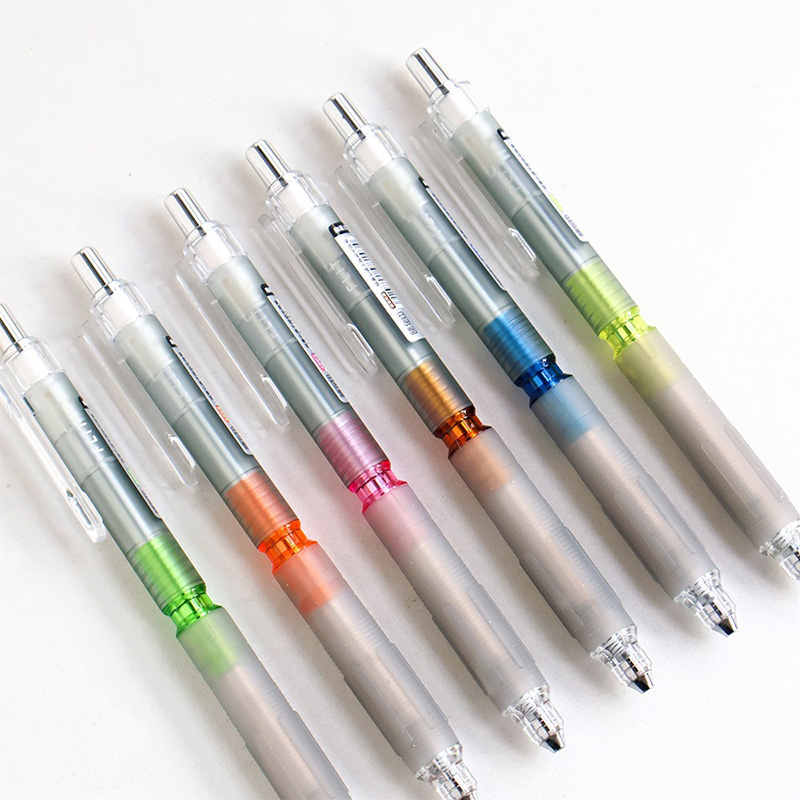Walk down any office-supply aisle and you will see baskets brimming with cheap gel pens—colorful, smooth, and priced so low. Their glossy barrels promise effortless ink flow and brilliant lines, yet a nagging question hovers over every bargain bin: do these inexpensive wonders dry out faster than their pricier cousins? The short answer is “sometimes,” but the longer answer is far more useful—and it can save you both money and frustration.
To understand why some cheap gel pens fade prematurely while others keep scribbling for months, start with the ink itself. Gel ink is a water-based pigment suspended in a thick, jelly-like medium. Because it is water-based, it evaporates when exposed to air. High-end brands combat this by adding humectants—glycerin, glycol, or proprietary polymers—that bind water molecules and slow evaporation. Many budget manufacturers skip or dilute these additives to cut costs, so their ink dries on the tip in as little as 12 to 24 hours of idle exposure. If you have ever uncapped a two-dollar pen and found a dark, sticky plug blocking the ball, you have seen the resulthand.
The second culprit is tip design. good pens use precision-machined stainless-steel cones with micro-polished balls that create a tight seal against the ink tube. Cheap pens often rely on stamped brass or even plastic tips whose tolerances are looser. Air sneaks in, the solvent evaporates, and the pigment hardens. One simple test: shake a dry budget pen near your ear. If you hear a faint rattle, the ball has pulled away from its seat, and air is already inside.

Storage habits magnify these technical differences. Leave any gel pen—cheap or expensive—horizontal in direct sunlight and it will desiccate within days. Conversely, store pens vertically, tip-down, in a cool drawer and you can triple their lifespan. One budget-friendly trick is to drop a small silica-gel packet into your pen cup; it absorbs ambient moisture, reducing the humidity gradient that draws water out of the ink.
Refillable models offer another layer of protection. Several ultra-cheap brands sell replacement cartridges for under fifty cents each. Swapping a refill takes seconds and instantly restores the pen’s “fresh” status without throwing away the barrel. Over a year, the refill strategy can cut plastic waste and cost per written word by more than half.
Still, not every cheap gel pen is doomed to an early grave. Consumer tests show that certain store brands survive uncapped for up to three hours without skipping, matching performance levels once reserved for pens costing ten times as much. Their secret? A slightly thicker ink formula and a spring-loaded cap that clicks shut with reassuring force.
Bottom line: cheap gel pens can dry out quickly, but they do not have to. Check ingredient lists for humectants, store them upright, cap them firmly, and consider refillable options. Treat a two-dollar pen like a twenty-dollar one, and it will reward you with pages of crisp, vibrant writing—proving that frugality and quality can indeed share the same pocket.